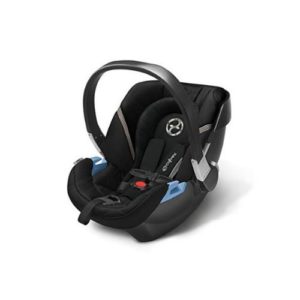The best way to prevent traffic fatalities is to drive safely and use the right safety restraint for your kids. The correct seat for your child will depend on their height, weight, and age. The best car seats are comfortable for your kids and easy for you to install.
Follow these car seat dos and don’ts every time.23
Always read the instructions before installing your child’s car seat for the first time.
Always check to make sure your kids are secured tightly before every ride. The car seat shouldn’t move more than 1 inch from side to side.
Always register new child safety seats with the manufacturer. This will keep you updated on recalls and important brand news.
Always match car seat harnesses to their designated slots as shown in your car seat’s manual.
Always use the top tether when securing a front-facing car seat.
Always buckle up with your kids. It sets a good example and keeps you safe too.
Never let your kids ride in the car without a safety restraint.
Never let your kids ride in another vehicle without the right safety restraints.
Never secure a rear-facing car seat in the front passenger seat.
Never buckle in your child while they’re wearing a bulky coat or outerwear. You can use the coat as a blanket or throw, but thick outerwear can make the seat less effective.
Never let kids under 13 ride in the front seat. Avoid letting them ride in vehicles with no back seat or active front-seat passenger airbags.
Never use an expired, recalled, or damaged car seat.
If you have a car seat in your vehicle, visit a Certified Child Passenger Safety Technician in your community to double-check that it’s properly installed. Find a car seat inspection station in your area or learn how to become a licensed car seat technician.

















